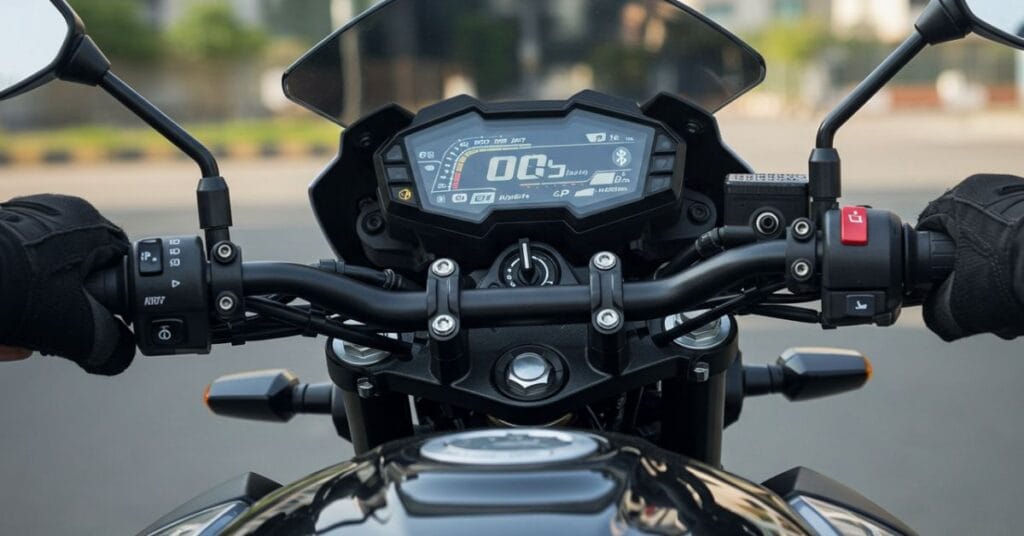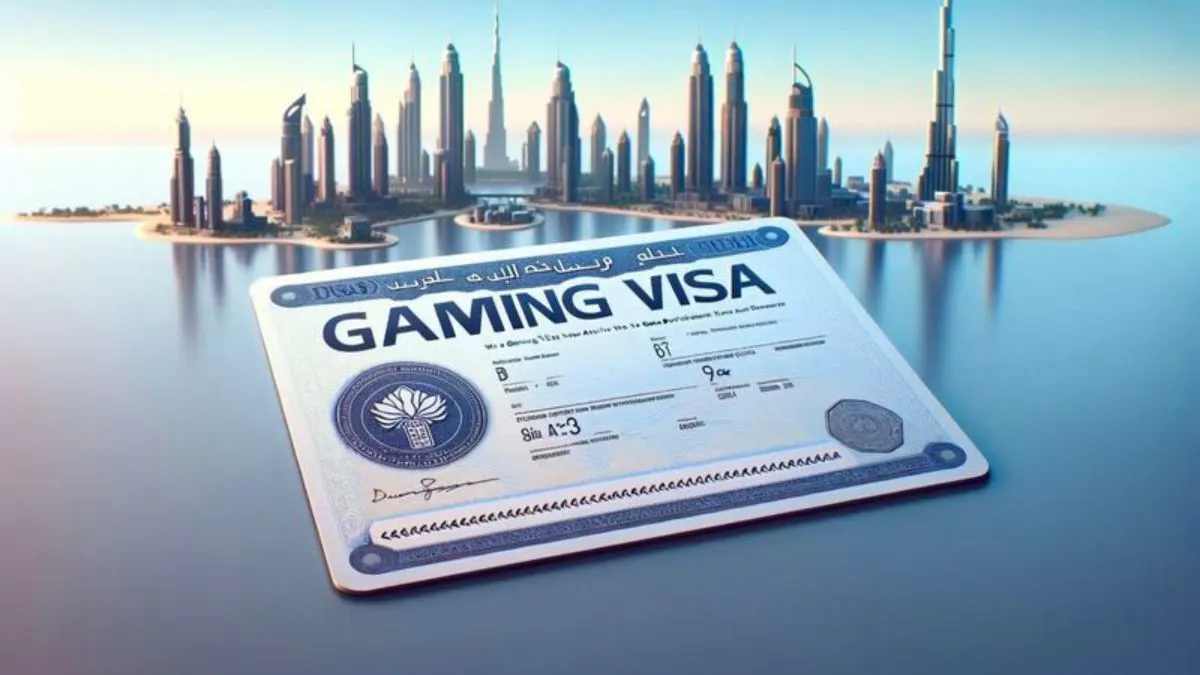Yamaha’s Hybrid Vision for India
Yamaha has taken a strategic leap in the Indian two-wheeler market by introducing the Yamaha FZ-X Hybrid in July 2025. It’s not just a facelift. It marks a pivotal transition to hybrid technology in the 150cc commuter segment, a space long dominated by mileage-driven buyers and style-conscious urban youth.
The FZ-X Hybrid is India’s first neo-retro hybrid motorcycle, merging Yamaha’s design language with advanced tech previously reserved for cars. This move is more than just innovation for headlines. It’s Yamaha testing the waters for a broader hybrid motorcycle portfolio in India—one of the world’s most competitive two-wheeler markets.
What’s New in the Yamaha FZ X Hybrid (2025)?
Compared to the standard FZ X, the 2025 Hybrid variant introduces Yamaha’s mild-hybrid system integrated into its 149cc engine. But this isn’t electric commuting; instead, it’s a system designed to assist acceleration, improve fuel efficiency, and support idle start-stop.
The bike retains its rugged build, neo-retro styling, and urban practicality, but the hybrid update signals a new era. With this, Yamaha isn’t just giving you more mileage—it’s redefining what you should expect from a commuter.
Key 2025 additions:
- Hybrid Power Assist Function
- Smart Motor Generator (SMG)
- Engine Start/Stop System
- Updated LCD Cluster with Hybrid Indicators
- Revised ECU Mapping
Engine, Performance & Hybrid Technology Breakdown
At its core, the FZ X Hybrid still uses Yamaha’s tried-and-tested 149cc air-cooled, single-cylinder engine, delivering 12.4 PS of power and 13.3 Nm of torque. But now, an electric motor complements the combustion engine at lower RPMs to assist during acceleration, providing a noticeable torque boost when you need it most.
How the Hybrid System Works:
- SMG (Smart Motor Generator) enables silent starts.
- Power Assist kicks in for 3 seconds during acceleration to improve throttle response.
- The battery-powered motor is charged via regenerative braking.
- The start-stop system reduces idling fuel consumption in traffic.
This makes it ideal for Indian cities, where stop-and-go traffic demands both low-speed torque and high efficiency.
Mileage (Claimed): 57-60 km/l with hybrid assist

Design Language: Neo-Retro Meets the Future
Yamaha hasn’t tampered with the identity that made the FZ-X unique. The signature round LED headlamp, bronze accents, and wide fuel tank stay intact, but the hybrid badging and updated console subtly differentiate it from the previous model.
Design Highlights:
- Dual-tone color schemes (Matte Copper, Midnight Black)
- Upright riding posture
- USB charging port
- Dual-purpose tires for mild off-roading
- New Hybrid Assist graphics on the tank
This design works not just for aesthetics but for real-world practicality, comfort, and city agility.
Launch Price & Variants in India
Yamaha launched the FZ X Hybrid at a starting price of Rs. 1.42 lakh (ex-showroom, Delhi). That’s a modest premium of around Rs. 9,000 over the standard FZ X—a calculated move to keep it accessible.
Variants:
- Standard Hybrid (Disc brakes, single-channel ABS)
- Connected Variant (Y-Connect Bluetooth, notifications, trip data)
The price point places it in direct competition with traditional 150cc bikes, but no other model offers hybrid tech in this segment.
Market Competition: Does the FZ-X Hybrid Have an Edge?
In terms of raw performance, the FZ X Hybrid doesn’t break records. But where it excels is efficiency, tech-forwardness, and user experience. It outclasses:
- Honda Unicorn 160: Higher mileage, better tech
- TVS Apache RTR 160 4V: Slightly underpowered but more commuter-focused
- Bajaj Pulsar N150: Lacks hybrid tech, more sporty design
With the FZ-X Hybrid, Yamaha has shifted the conversation from sheer power to value, versatility, and environmental consciousness.
Mileage, Ride Experience & Real-World Utility
Riders in India don’t just want horsepower—they want usable power, fuel savings, and low maintenance. That’s where the FZ-X Hybrid finds its audience.
Real-world benefits:
- Silent starts = Less engine wear, less neighborhood noise
- Better low-speed acceleration = Easier overtakes in the city
- Fuel savings = Approx. 8–10% better mileage in urban use
- Auto start/stop = Perfect for red-light waits and jams
In daily use, the hybrid system isn’t intrusive. You don’t need to learn anything new; the ECU manages the assist seamlessly, making the transition from traditional to hybrid almost invisible.
Target Audience: Who’s This Hybrid Really For?
Yamaha isn’t aiming this at hardcore enthusiasts or rural utility riders. The FZ X Hybrid is aimed squarely at:
- Urban commuters (18–35 years old)
- College students seeking style and mileage
- Eco-conscious young professionals
- First-time bike buyers wanting something future-ready
It also appeals to tech-savvy riders who value connectivity, digital features, and silent start tech over raw speed.
The Bigger Picture: Hybrid Bikes in Indian Two-Wheeler Evolution
India’s EV journey has been loud but uneven. Range anxiety, cost, and infrastructure gaps still plague electric two-wheelers. Hybrid motorcycles offer a realistic middle path, bridging petrol familiarity with electric benefits.
Yamaha’s decision to enter this segment with the FZ-X Hybrid shows that hybrid isn’t a gimmick. It’s a transitional tech, one that could dominate commuter bikes for the next 5–7 years before full EVs take over.
Why this matters:
- Sets industry precedent for other OEMs (Hero, Honda, Bajaj)
- Adds longevity to existing ICE platforms
- Offers green benefits without charging anxiety
The FZ X Hybrid is just the first domino. Expect this tech to trickle down to scooters, mopeds, and even delivery-focused bikes by 2026.
FAQs
Q1: What is the Yamaha FZ-X Hybrid’s price in India?
The FZ X Hybrid starts at Rs. 1.42 lakh (ex-showroom, Delhi), with a slight premium for the connected variant.
Q2: How does the hybrid system work on the FZ-X Hybrid?
It uses a Smart Motor Generator (SMG) to provide electric assist during acceleration and start-stop functions, improving efficiency and ride smoothness.
Q3: Is the Yamaha FZ-X Hybrid suitable for long rides?
While it’s designed primarily for city commuting, its comfort-oriented build and decent mileage make it capable of weekend highway rides.
Q4: Does the hybrid system need charging?
No external charging is needed. The battery recharges automatically through regenerative braking and the engine.
Q5: How is it different from the normal FZ X?
The Hybrid variant adds electric assist, start-stop, a revised ECU, new display features, and improved fuel economy.




One Comment on “Yamaha FZ-X Hybrid 2025 Launched in India—Specs, Price, Features”